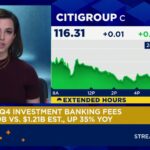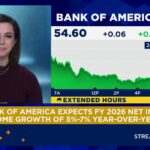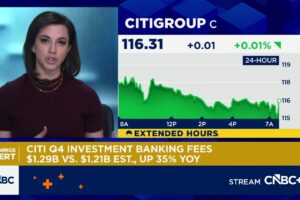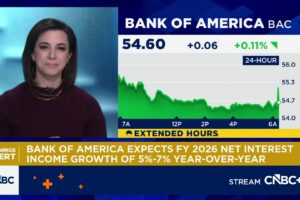PayPal (PYPL) is on a comeback, at least that’s what the share price suggests. Having surged during the pandemic, the stock sunk in 2022 and 2023 before staging a recovery in 2024. However, I think the stock is starting to look a little expensive. Despite impressive Q2 earnings, it will need to sustain its outperformance in Q3 and beyond to justify its valuation. As a result, I am neutral on the stock.
PayPal is a name many of us will know, but it was originally founded in 1998 as Confinity by Peter Thiel and Max Levchin. The company revolutionized online payments, initially focusing on digital wallets, and went public in 2002. It was then acquired by eBay (EBAY) the same year and then spun off from eBay, becoming an independent company again.
The company’s stock has seen significant growth since its re-listing, with its market value reaching $49 billion on its first day of trading in 2015 and surging to above $80 billion at the time of writing. In recent years, PayPal has faced challenges from increased competition and market volatility but has seen some upward movement in 2024.
PayPal stock’s rise in 2024 has been closely tied to its earnings, and the company is set to report its Q3 2024 earnings on October 29, 2024, before the market opens. Analysts are anticipating earnings per share of $1.07 on a normalized basis and $0.99 on a GAAP basis. Revenue is expected to reach $7.88 billion for the quarter.
Over the past 90 days there have been 27 positive revisions by analysts to their earnings forecasts and just one negative revision. For example, William Blair analysts have recently raised their Q3 2024 EPS estimate for PayPal from $1.04 to $1.13, highlighting its growing optimism about the company’s performance. This upward revision aligns with PayPal’s recent trend of beating consensus estimates, as seen in Q2 2024 when they reported an EPS of $1.19, surpassing expectations by $0.20.
Looking forward to Q3, all eyes will be on transaction volume growth, margin improvements, and user engagement metrics. The performance of Branded Checkout and Venmo will be keenly watched, as these have been significant contributors to PayPal’s recent success.
PayPal’s upcoming earnings will be closely scrutinized by investors, given the company’s volatile performance in FY24 so far. While Q2 saw an impressive 20% earnings beat, Q1 fell short by 12%, highlighting the unpredictability of results in the current climate. This adds to my neutral outlook.
In addition, the company is unlikely to replicate the 36% non-GAAP earnings growth seen in Q2, as management has guided for high-single-digit growth. Investors will likely focus on transaction margin dollar growth, a key metric for PayPal’s core business profitability. After an impressive 8% growth in Q2, expectations for Q3 should be moderated. The full-year guidance suggests a slowdown to around 3% growth in the second half.
Revenue growth is also expected to decelerate to mid-single digits in Q3, down from the 9% FX-adjusted growth in Q2. This slowdown is partly due to lower volumes at Braintree—the company founded by the eccentric, health-obsessed millionaire Brian Johnson—as PayPal prioritizes profitability over growth.
The company’s cost management efforts will also be under scrutiny. PayPal reduced non-transaction operating expenses in the first half of 2024, with cuts across customer service, sales & marketing, and tech & development.
It’s important to see whether this trend is continuing and whether customer service cuts appear to be having an impact on customer retention. I have to admit that I personally prefer using Kraken partially because of PayPal’s almost non-existent customer service.
Despite all this, my overarching concern, and the main reason why I’m neutral on the stock, is that PayPal is getting a little expensive. PayPal stock has surged over the past year and now trades at 18.3x forward earnings, putting it at a 45% premium to the financials sector. But it’s also an information technology company, where the average forward price-to-earnings (P/E) ratio is 24.3x.
Combined with an expected earnings growth rate of just 11.3%, PayPal stock certainly doesn’t look overly cheap when using the price-to-earnings-to-growth (PEG) ratio. In fact, the PEG ratio is 1.62, inferring that the stock is overvalued.
On TipRanks, PYPL is a Moderate Buy based on 17 Buys, 15 Holds, and zero Sell ratings assigned by Wall Street analysts in the past three months. The average PayPal Holdings stock price target is $78.57, implying 2.89% downside risk.
PayPal stock trades above analysts’ average price target and doesn’t look overly cheap according to the PEG ratio. These are not good signs, but the stock’s recent upward trajectory could be sustained by another positive set of earnings. Personally, I remain skeptical despite some positive developments in Q2. And that’s not just because I’m increasingly inclined to use its competitors. Even if the company grows earnings modestly ahead of expectations, it’s still likely to be expensive.








